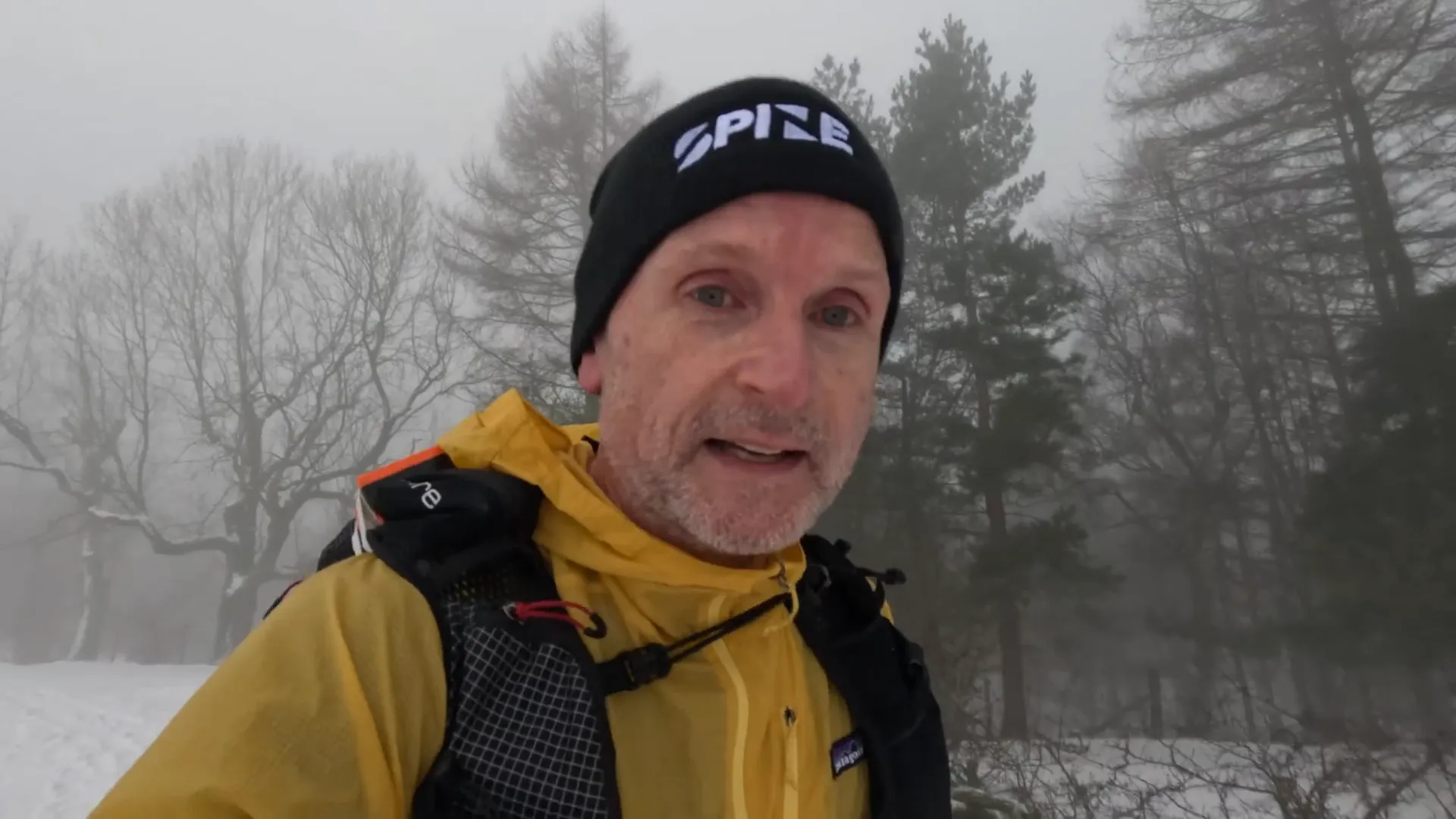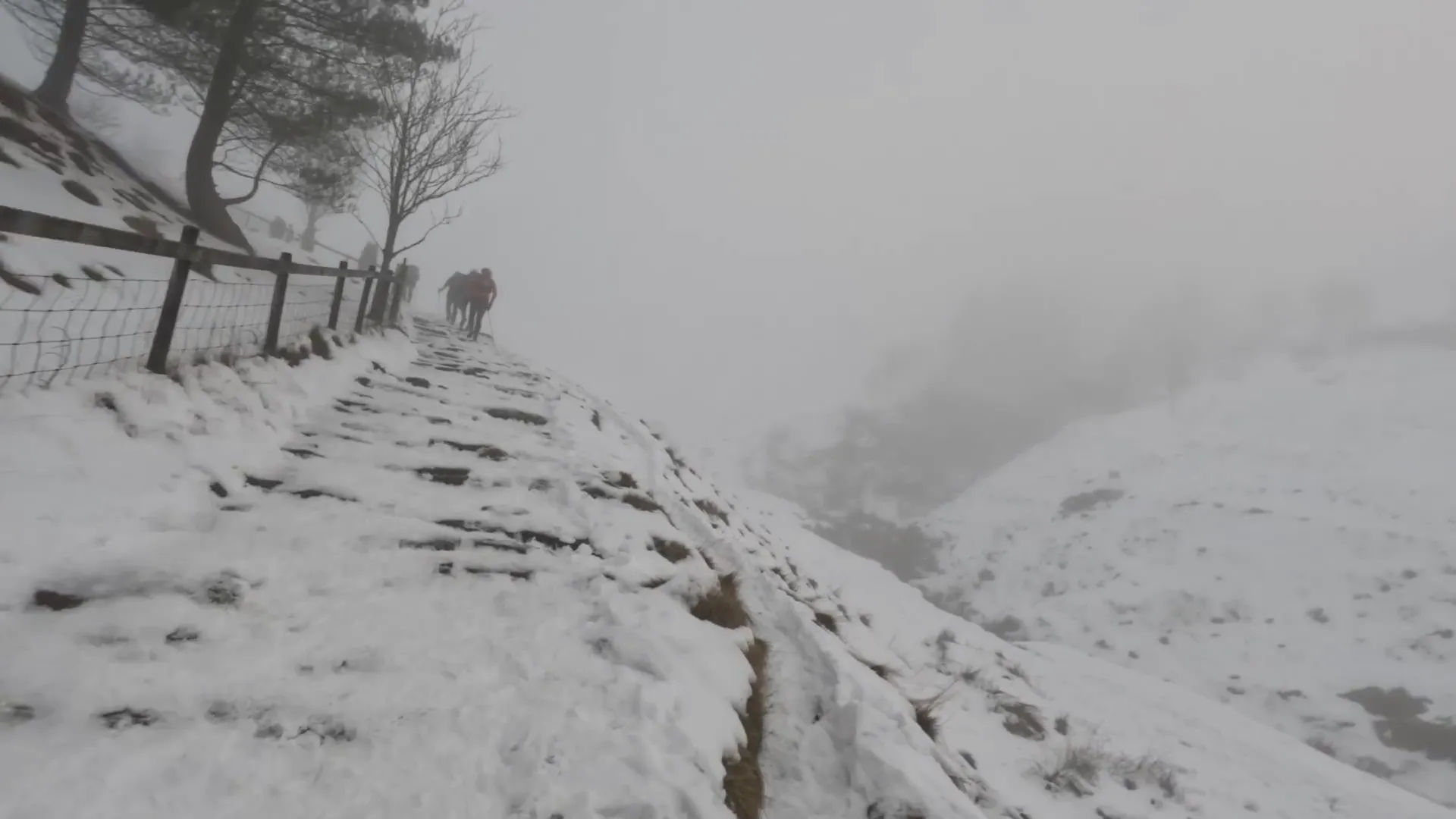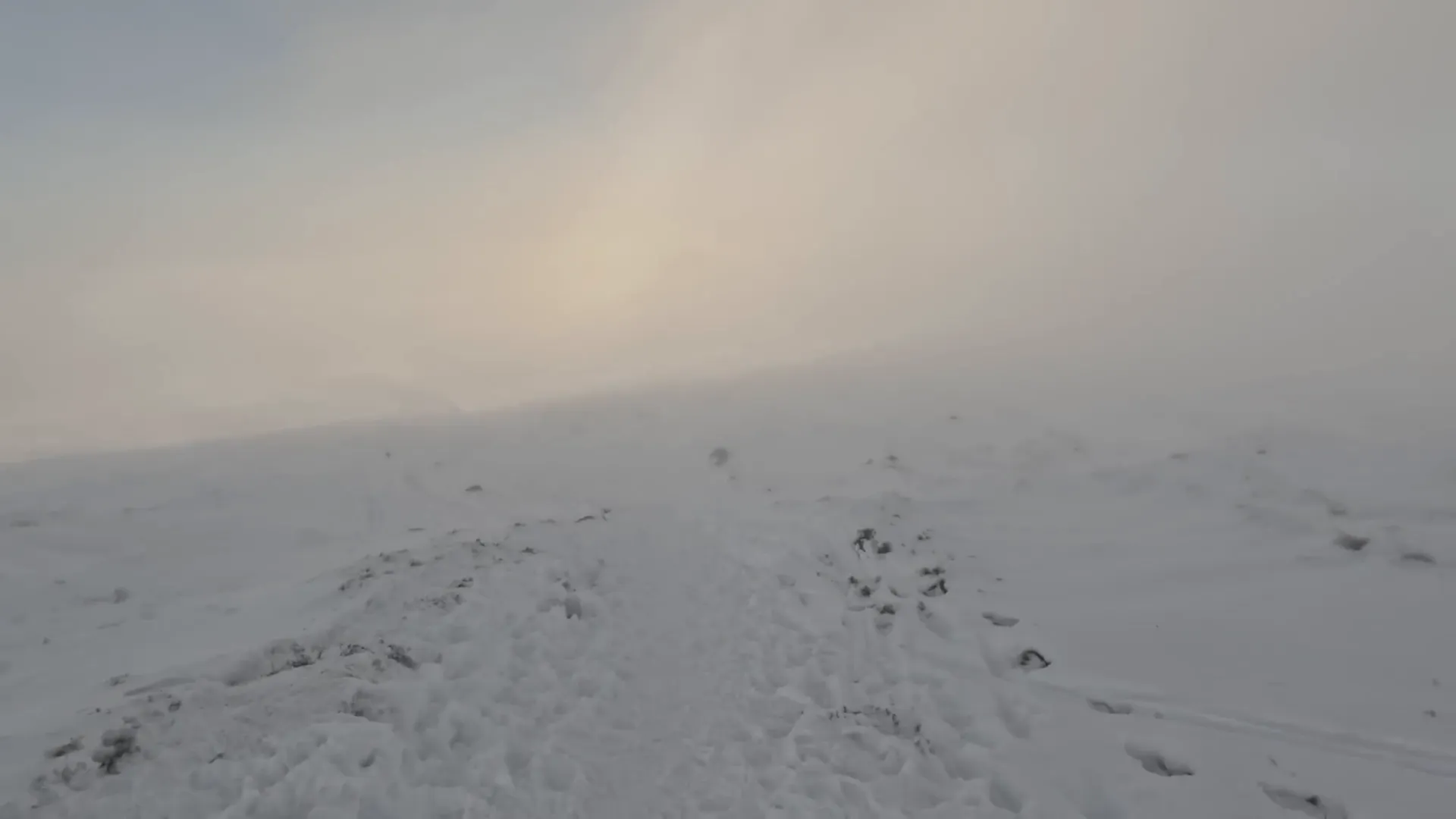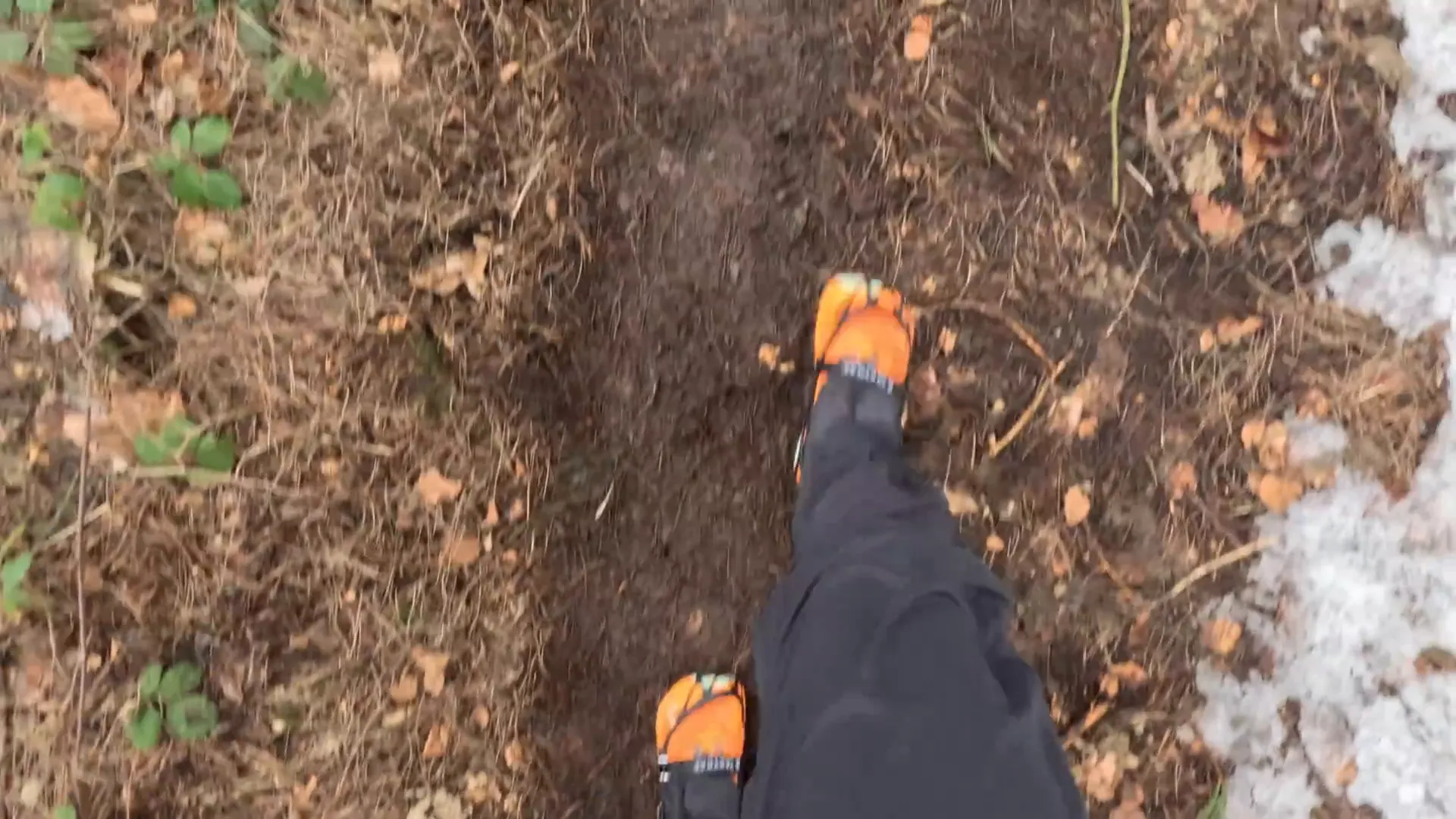As an ultrarunner with a passion for pushing limits in trailrunning, I recently embarked on one of the most demanding events in the UK: the Montane Winter Spine Race. This race covers an astounding 268 miles along the Pennine Way National Trail, stretching from Edale in England all the way to Kirk Yetholm in Scotland. Known as Britain’s most brutal ultrarunning race, the Winter Spine tests every ounce of endurance, gear, and mental toughness a runner can muster.
Having completed the summer edition of the Spine Race 18 months earlier, I was eager to tackle the winter version and experience the starkly different conditions it offers. The winter race is a self-supported ultramarathon, meaning runners must carry all essential gear and survive independently between checkpoints spaced 12 to 24 hours apart. This article chronicles my journey preparing for and racing in the 2025 Winter Spine Race, sharing insights into gear choices, race conditions, challenges, and the incredible landscapes that make this event unforgettable.

Preparing for Britain's Most Gear-Intensive Ultrarunning Race
Securing a coveted starting spot in the Winter Spine Race is a feat in itself. Once I locked in my place, preparation began immediately. The winter edition is notorious for its demanding mandatory gear list, which is designed to ensure runners’ safety in the harshest conditions Great Britain can throw at you. Months of research, testing, and investment went into selecting the right equipment, especially footwear and clothing layers suitable for extreme cold, snow, ice, and wind.
Despite all the preparation, packing remained a challenge. The sheer volume of gear needed was overwhelming, and with unexpected winter storms hitting the southeastern United States, I had to leave a day early for the UK. This last-minute scramble left little time to second-guess packing decisions, but it also provided an unexpected bonus: an extra day to relax and recover before the race.
The Spine Race demands runners be fully self-sufficient. This means no external support, and limited access to checkpoints where you can resupply or rest. The race organizers enforce an extensive mandatory gear check the day before the race, ensuring every participant carries essentials like waterproof clothing, navigation tools, emergency bivvy sacks, and adequate food and water supplies.
Understanding this, I knew the race was as much a test of gear and planning as it was of physical endurance. The gear you choose can be the difference between finishing and facing a forced withdrawal.
Mandatory Gear and Self-Sufficiency
- Heavy-duty waterproof jacket and pants
- Multiple insulating layers for thermoregulation
- Waterproof gloves and headwear
- GPS tracker and navigation equipment
- Emergency bivvy and survival gear
- Footwear suitable for snow, ice, and stream crossings
- Food and hydration for long stretches without aid stations
- Spikes and traction devices for icy terrain
After the gear check, a rolling mandatory pre-race briefing took place, where runners received last-minute route updates and reminders about race rules. This briefing was crucial, especially since the Winter Spine Race often requires course changes due to unpredictable winter weather.
Race Day: The Start of an Epic Ultrarunning Journey
Race morning finally arrived, and with it, a mix of excitement and nerves. After dropping off my drop bags and getting fitted with the mandatory GPS tracker, I made my way to the start line, ready to tackle the 268-mile challenge ahead.

The countdown began, and with a roar of applause and anticipation, we were off. My goal was to earn the full set of Spine Race medals—having completed the summer race in 2023, I was determined to conquer the winter edition in 2025 as well.
Early Challenges and Weather Conditions
Within just 30 minutes, I realized the race would be far from easy. Despite the chilly appearance of the terrain, I was sweating profusely beneath my base layers. The steep climb ahead meant I had to quickly adjust my clothing to regulate my temperature—shedding my puffy jacket and opting for a lighter windbreaker to stay comfortable during the ascent.

One of the first major landmarks was the infamous Jacob’s Ladder. I vividly remembered this climb from the summer race, but the winter landscape was completely transformed. Snow and ice blanketed the trail, and the views above the valley clouds were nothing short of breathtaking.

As the sun rose, the beauty of the frost-covered hills and misty valleys was a stark contrast to the brutal physical demands of the race. Moments like these make the pain and exhaustion worthwhile, reminding us why ultrarunning and trailrunning are such addictive pursuits.
Slow Progress Through Snow and Ice
By the 1 hour 40 minute mark, I had covered just 6 miles. The pace was slow, but this was expected given the heavy gear and challenging terrain. Snow and ice forced careful foot placement, and every step required concentration to avoid slips and falls.

The landscape was vastly different from the summer race—quiet, white, and surreal. As we descended into the clouds, visibility dropped, but the ethereal surroundings made each mile feel like an adventure into another world.

Support from Mountain Rescue Teams
After nearly 3 hours and 10 miles, we reached a road crossing known as Snake Pass. Here, the Mountain Rescue Team (MRT) was directing traffic and offering much-needed water. This small kindness was a morale booster and a reminder of the community supporting us despite the race’s self-supported nature.
Grabbing a bottle and refilling my water supplies, I prepared for the next stretch through the tundra-like environment. The terrain felt otherworldly, as if transported to a different planet, underscoring the unique challenges of ultrarunning in such remote conditions.
Gear Insights: Footwear and Traction in Winter Ultrarunning
Four hours in and nearly 14 miles covered, the weather started to get colder at higher altitudes. I pulled up my hood and continued the delicate balancing act of thermoregulation to avoid overheating or chilling.
One of the biggest challenges in winter ultrarunning is keeping feet dry and warm. I experimented with several types of waterproof Gore-Tex running ankle boots from brands like La Sportiva and Salomon, but ultimately returned to my trusted pair of Olympus shoes. To combat cold feet, I layered Injinji liner socks under DexShell waterproof compression knee-high socks. This combination aimed to keep my feet dry despite creek crossings and snow, although the cold sometimes made it hard to tell if they were truly dry inside.
For traction, I wore Yaktrax Pro, which are excellent for snow and ice but less effective on bare valley terrain. I kept them on in anticipation of climbing back into snowy mountain sections. Additionally, I carried microspikes required for hard ice, as mandated by race rules.

Enduring Pain and the Harsh Realities of Ultrarunning
By 7 hours and 22.5 miles into the race, I began to face serious physical challenges. A lingering heel injury flared up, causing sharp pain and threatening my ability to continue. This was not the usual blister discomfort but something deeper and more debilitating.
Despite the pain, I pushed onward, hoping to reach the next checkpoint 21 miles away. The decision to keep moving without resorting to painkillers on day one was difficult but necessary to preserve my ability to race safely.
At around 27 miles, a wrong turn added an extra mile to my route, compounding exhaustion and frustration. My legs felt utterly spent, and progress slowed to a crawl. Yet, the stunning winter landscapes continued to provide a backdrop of awe-inspiring beauty.
Making the Tough Call
At approximately 30 miles in, I faced the painful reality that my race was likely over. The heel injury persisted, and new pain emerged in the bottom of my right foot. Despite running 100 miles just weeks earlier without issues, this injury was relentless.
Reaching the medical and Mountain Rescue checkpoint was still three miles away, but I knew I had to listen to my body. The decision to withdraw was heartbreaking, especially after months of preparation and anticipation. However, ultrarunning is as much about knowing when to stop as it is about pushing through.

Conclusion: The Spirit of the Winter Spine Race
The 268 mile Winter Spine Race is unquestionably one of the most grueling ultrarunning challenges in the world. It demands meticulous preparation, exceptional gear, and a mental toughness that few possess. While my 2025 race was cut short by injury, the experience reinforced why this race is revered among ultrarunners and trailrunning enthusiasts alike.
From the stunning sunrises above the clouds to the bone-chilling cold and snow-covered terrain, the Winter Spine offers a unique blend of beauty and brutality. It is a race that pushes runners to their limits—physically, mentally, and emotionally.
For those passionate about ultrarunning and trailrunning, the Spine Race represents the pinnacle of endurance racing in the UK. Whether summer or winter, it promises an unforgettable adventure and a test of true grit.
I am already planning my return to complete the full winter route, better prepared and eager to conquer this epic ultramarathon in its entirety. Until then, I encourage fellow runners to chase their own challenges with courage, respect for the elements, and an unwavering spirit.



0 $type={blogger}:
Post a Comment